
NORTHEASTERN COYOTE
Not sure if what you saw was a dog, wolf or coyote? Watch the tail… if it’s down while they move it was a coyote.
PROFILE
Wilee is from South Carolina. She was raised as a pet, which is why the keepers are able to go into her enclosure with her. She is not a huge fan of men, but her female keepers are able to give her belly scratches and walk her on a leash.
Carmine was found in Smyrna, Georgia. He was reported by several people as he would approach them and try to play with their dogs. His acceptance and willingness to play lead us to believe he was raised by someone that also owned a dog. After hearing that Carmine’s life was in danger due to threats from scared locals, The Atlanta Coyote Project wanted to catch him and find him a permanent home. In late 2019, YRWS received permission from the Georgia Department of Natural Resources to become Carmine’s permanent home. Not only is Carmine beautiful… he is an escape artist and difficult to catch. Many failed attempts later, at 3:30 one early morning, the Atlanta Coyote Project was finally successful. After a short quarantine and a slow introduction to Wilee, Carmine is enjoying his new, safe life.
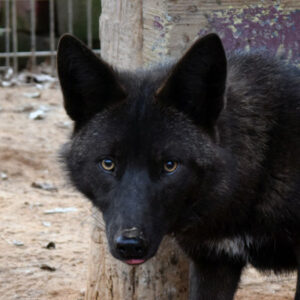
CARMINE
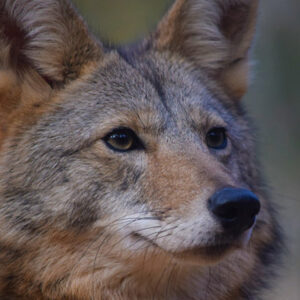
WILEE
OVERVIEW
CONSERVATION STATUS
Least Concern
AVERAGE SIZE
Compared to a 6′ Man
AVERAGE WEIGHT
Females: 15 – 40 lbs
Males: 18 – 44 lbs
AVERAGE LIFESPAN
10 – 14 Years
DIET
Omnivore
REGIONS
North America
Coyotes are found in a large North American range, from Panama to Alaska. A versatile species, they will take up residence near open prairies, deserts, forests, and mountains, and they have easily adapted to urban areas. Coyotes form small family groups, wherein siblings will stay together, and couples are monogamous.
APPEARANCE
Smaller than wolves, male coyotes weigh on average 18 to 44 pounds on average, while females average 15 to 40 pounds. At the shoulder, they stand about 2 feet in height. Their fur varies by location, but is generally light grey with some yellow-orange interspersed with white and black. They have bushy tails which they carry downwards when moving, unlike the wolf who would keep it horizontal. They have long ears, more so than the wolf. One can distinguish a coyote track from that of a dog as the paw is more elongated and less round.
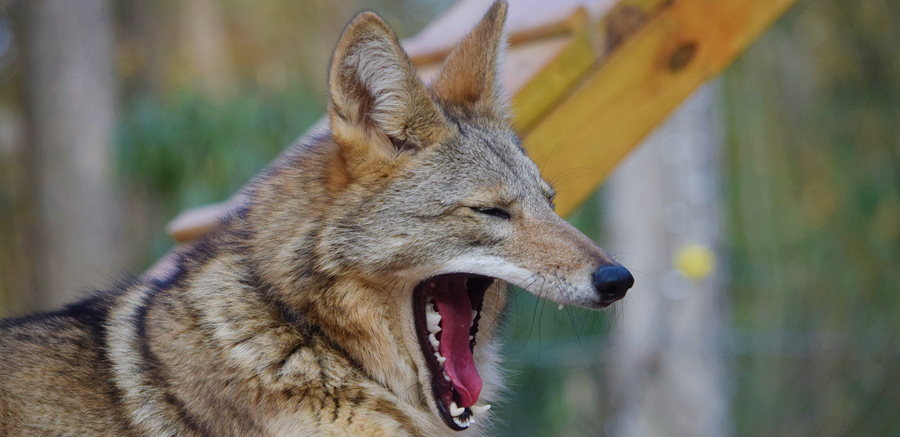
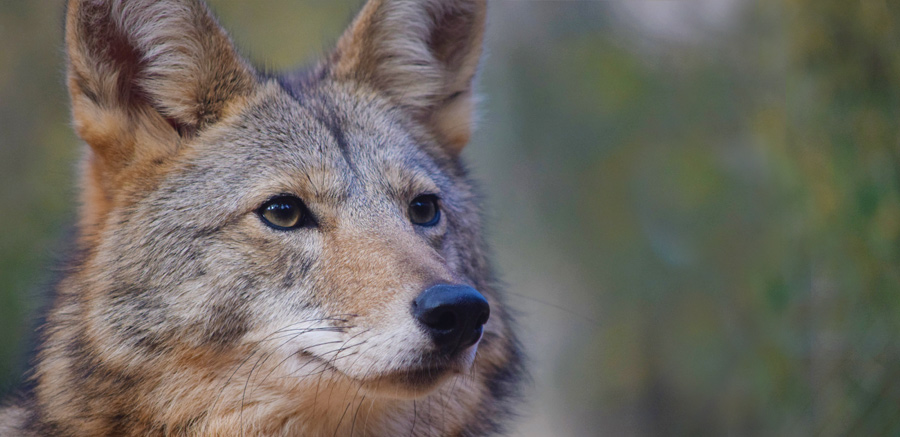
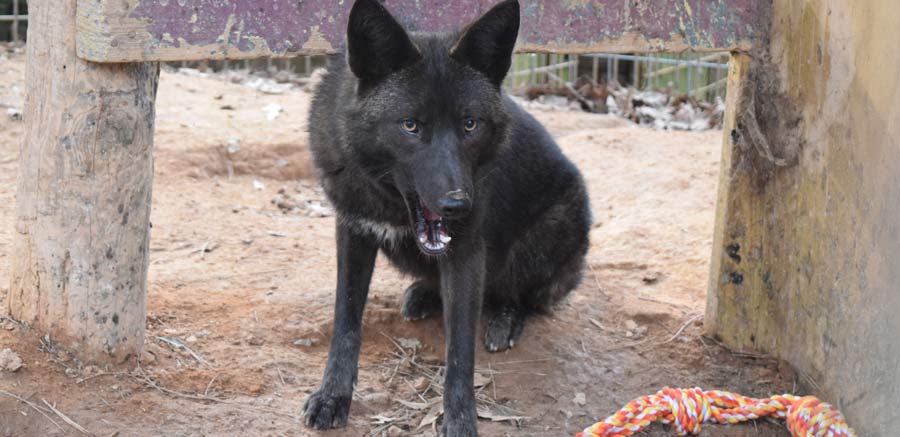
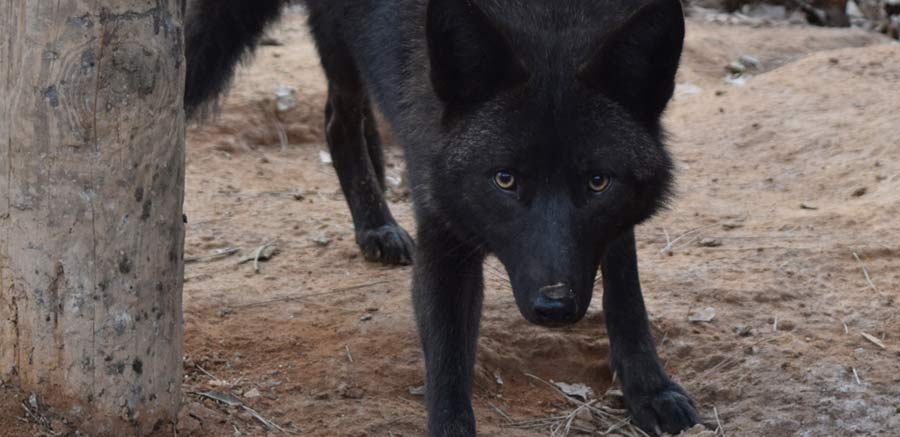
CHARACTERISTICS
Opportunistic when it comes to diet, coyotes will happily feed on rabbits, rodents, fish, even deer, as well as fruits, grasses, insects, and carrion. Due to the fact that they will eat livestock, farmers often regard them as pests. Coyotes will travel 3 to 10 miles per day, returning to a den – typically one that has been abandoned by a former inhabitant.
In mid-winter, couples begin to pair off. Once a female has selected a mate, they will be mates for life. During pregnancy, the mother will line their den with dried grass and fur or clean out a den previously inhabited by another animal, preparing it for her pups. After an average 2 month pregnancy, she will give birth to a litter, typically 6 in number.
Most notable for their howling, they have a distinct set of vocalizations ranging from yips to barks. While they are excellent hunters, able to reach speeds of 35 to 43 miles per hour, they are equally excellent swimmers which helps them traverse larger areas across rivers and lakes. Wonderful hunters on their own working solo or with their small pack, they have been witnessed befriending badgers. The two will work together digging for rodents, creating a bond that has been witnessed to lead to a trusting friendship.


